(652144 products available)



















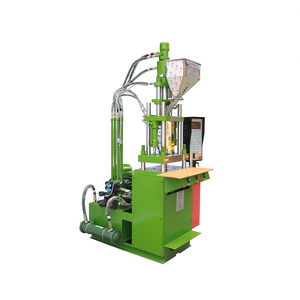






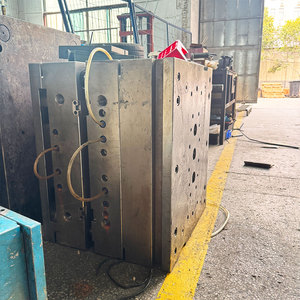



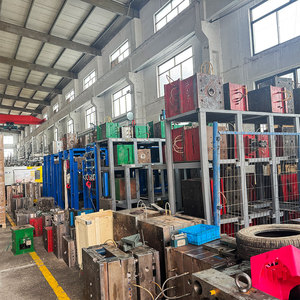




























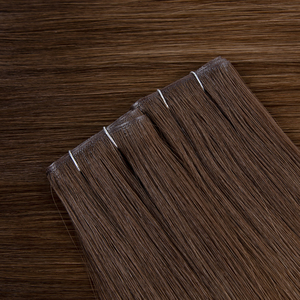





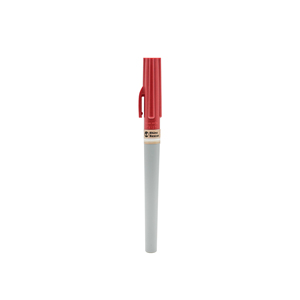







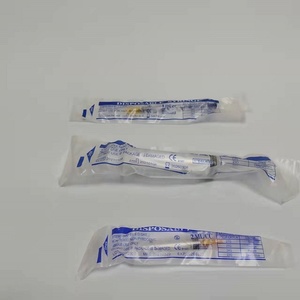





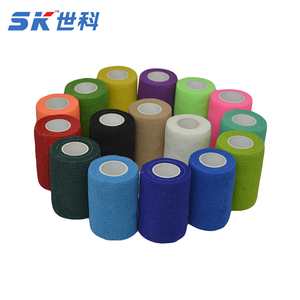






 Ready to Ship
Ready to Ship






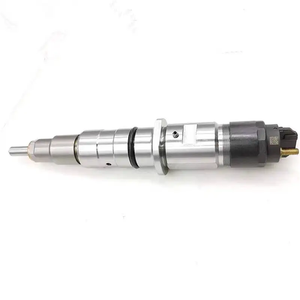






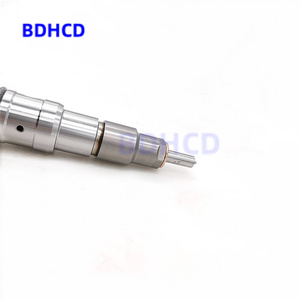
















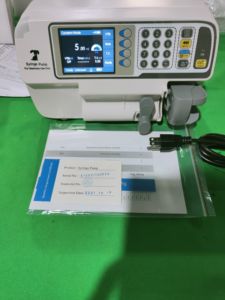


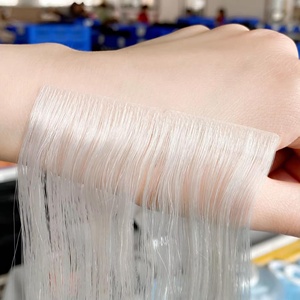


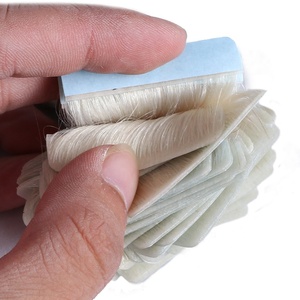




















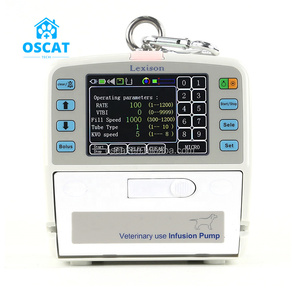
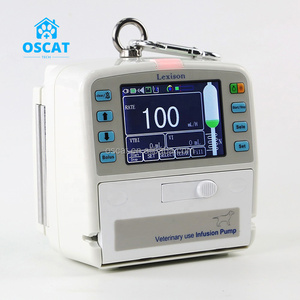

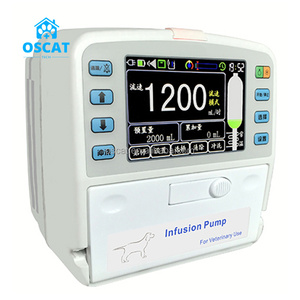











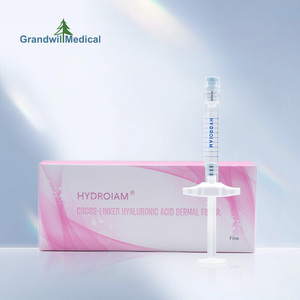
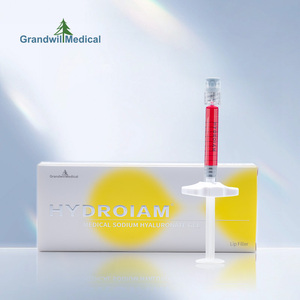











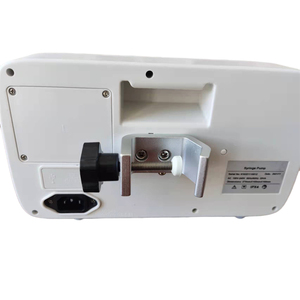
Injection refers to the manufacturing processes that use the injection method to produce products or parts.
Plastic injection molding machines have the same principle as syringes. They use a screw to push/molten plastic, which rolls as a hot liquid into a mold. After that, it cooleds and solidifies, taking the form of the mold to make products or parts. This method is usually used to make plastic products. One's business needs can choose between single-mold injection molding machines to produce fewer products and multi-mold injection molding machines to make a higher number of products at once.
Die injection molding is very similar to plastic injection molding. The main difference between the two is that molten metal is injected into a mold to produce parts or products in die injection molding. Products made with die injection molding also have better structural integrity and can resist higher levels of temperatures.
Liquid silicone rubber (LSR) injection molding produces silicone products, like medical supplies, kitchen utensils, and cell phone cases. LSR is a versatile material ideal for making intricate and precise parts. Condensation hardens LSR in the molds. Doing so creates exact products that are robust and heat resistant. Another reason business owners may want to use LSR injection molding is that the method allows for combining different colored and different materials into one product. This method also allows for making parts with double hardnesses or for making transparent or translucent parts.
Microcellular foam (MF) injection molding creates lightweight products with the same shape as the product made with regular plastics. What makes MF different is that the process introduces a gas into the plastic during the injection process. Adopting this method can help reduce the product's weight and the material used to make it. Also, it can prevent distortion during the cooling process, and running costs can be reduced.
Business owners may make complex product designs with more structure using the method. Parts made with the method can also be more rigid and impact resistant.
Multi-component injection (MCI) molding means to inject two or more plastics or PP, PC, and others together into a single product. Multi-component injection molding creates products that cannot be made using regular plastic injection molding. Products made this way typically have higher durability and stability, can be made to a higher precision, and production can be more efficient.
Products made with this method also cut assembly costs because fewer distinct pieces have to be put together to make the final product.
Product specifications are as follows:
Types
Industrial diesel fuel injection pumps are designed to inject fuel into the combustion chamber of diesel engines. This ensures the proper functioning and performance of the vehicle. Common types include rotor type injection pumps, distributor type injection pumps, and inline fuel pumps.
Cutting
Electric injection cutters are designed to inject electric signals into a communication system or an electrical circuit. It is used for testing, troubleshooting, or making modifications to the circuit. Specifications may include the size and weight, the type of blade or cutting mechanism, the thickness and length of the wire it is designed to work with, the accuracy and precision of the cuts, the power source and requirements for operation, and any safety features or certifications.
Beauty
A beauty facial injection is a procedure in which a healthcare professional uses a thin needle to inject a substance into a person's skin to improve their appearance. The substance injected can vary but often includes hyaluronic acid, collagen, or Botox. Specifications may include the type of injection used, the amount of substance injected, and the areas of the face targeted for improvement.
Automobile
An automobile fuel injection pumps the right amount of fuel into the combustion chamber of an engine. It also ensures the proper functioning and performance of the vehicle. Specifications may include the engine type (gasoline or diesel), the fuel system (port fuel injection or direct fuel injection), the injector design (electromagnetic or piezoelectric), the flow rate (measured in pounds per hour or liters per hour), the spray pattern (wide angle, narrow angle, or multi-hole), the pressure rating (usually measured in psi), and the connector type (electrical connector and mounting style).
Maintenance is important to keep the machines working well. It's needed for long-lasting use and also to avoid any breakdowns or repairs that are unexpected. Here's a bit of advice on what to keep in mind when caring for the equipment:
The plastic products made by the plastic injection machines are everywhere in daily life, so the injection machines are suitable for numerous applications.
These tips and tricks will help business injection buyers make better choices when looking for injection machines:
Understand market demand:
The first step in choosing the right injection machine is to understand the products the injection machine will make. What kind of products does the buyer's target market want? What kind of raw material do they use? What product size do they need? What type of product has a specific feature? Answering all these questions will help buyers know what kind of injection machines they need to buy for their businesses.
Consider production volume:
Buyers should think about the number of products they need to produce at each hour. Should they buy small, medium, or heavy-duty injection machines? Buyers who need to produce thousands of products daily should go for injection machines with a large clamping force and a quick injection rate.
Evaluate machine types:
Apart from looking at the injection speed and volume, buyers should also consider the kinds of injection machines available. Buyers should look at horizontal vs. vertical machines, all-electric vs. hybrid vs. pneumatic models, and multi-color or multi-material options. Each type has particular features and benefits. Choose one that fits their production needs and product requirements.
Check automation features:
Buyers should consider the machine's level of automation. Fully automated or semi-automated machines have different costs and performance levels. Fully automatic machines have a higher output but cost more than semi-automated ones.
Select the right controller:
The injection molding machine's controller impacts its performance and ease of use. Choose a machine with a simple, user-friendly controller that offers real-time feedback on injection speed, pressure, temperature, etc.
Don't forget maintenance and support:
Choose a machine with easy-to-understand instructions and support from the supplier. This will make it easy for the injection molding business to get spare parts and technical support.
Q1: Why should buyers consider high-quality automotive fuel injector nozzles?
A1: Premium injector nozzles can enhance vehicle performance, fuel efficiency, and emission control. They tend to last longer, which can reduce the frequency of injector replacements.
Q2: Are there custom plastic injection mold service providers on platforms like Alibaba.com?
A2: Yes, many companies offer custom mold-making services to produce unique shapes or designs for business applications.
Q3: What are the current trends in the injection molding industry?
A3: The industry is moving toward more sustainable practices, such as using biodegradable materials and efficient energy technologies. Automation and AI are also increasingly integrating into injection molding processes.
Q4: Is it possible to reduce mold cost without affecting product quality?
A4: Yes, employing prototype molds for initial production runs, optimizing mold design to reduce complexity, and sharing molds for similar products can help reduce costs.
Q5: What are the challenges in the custom injection molding market?
A5: Balancing cost and quality, meeting client-specific requirements, maintaining consistency, and adapting to rapidly changing technology are some challenges faced in this market.